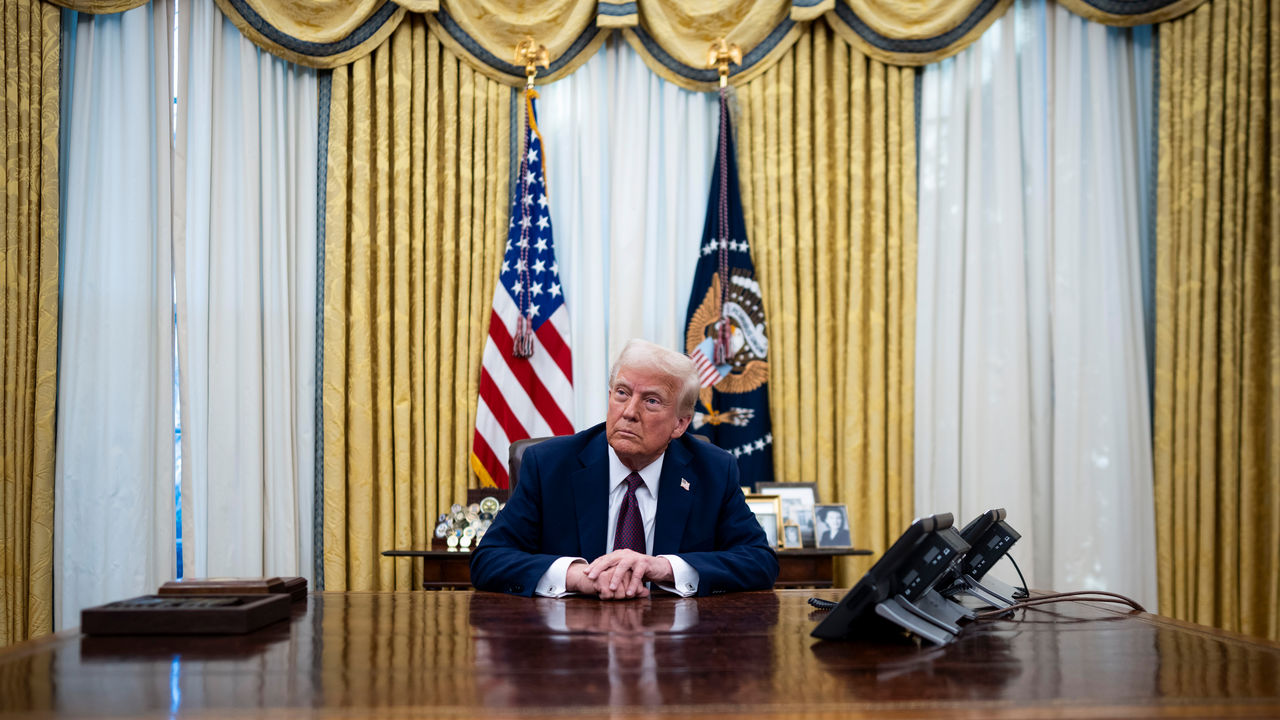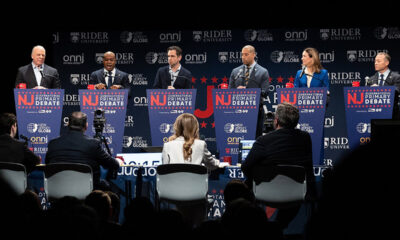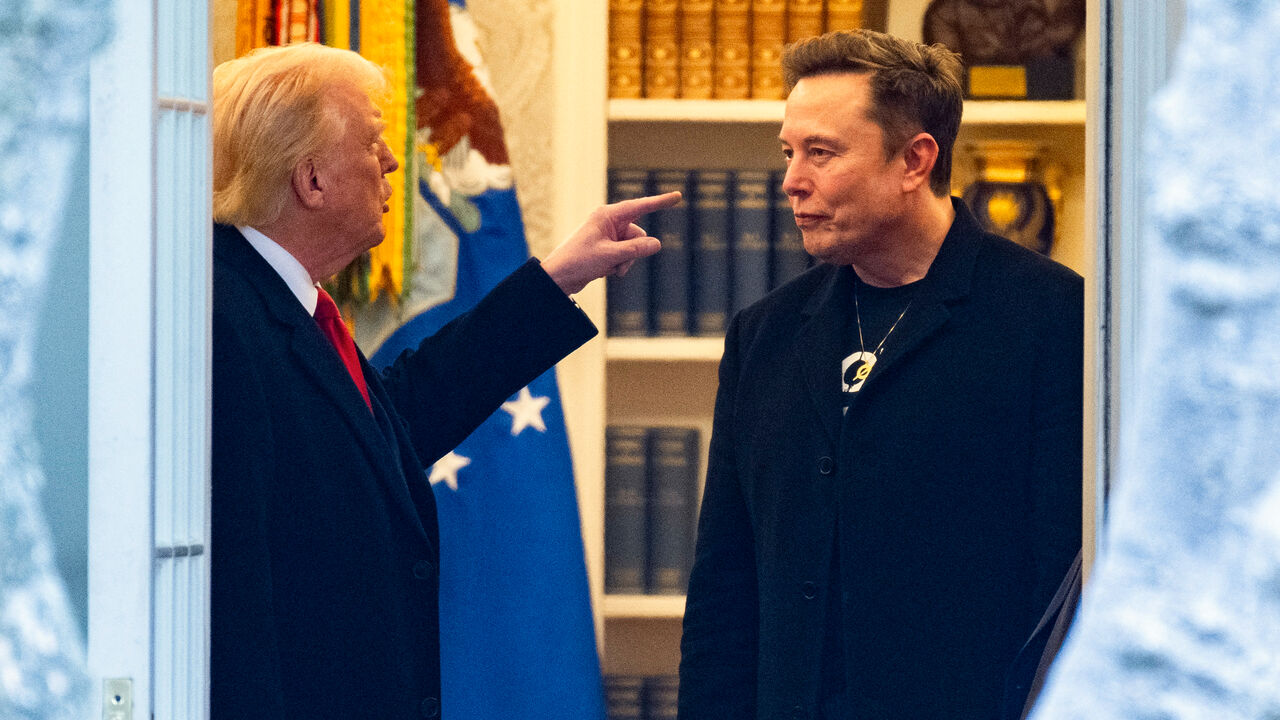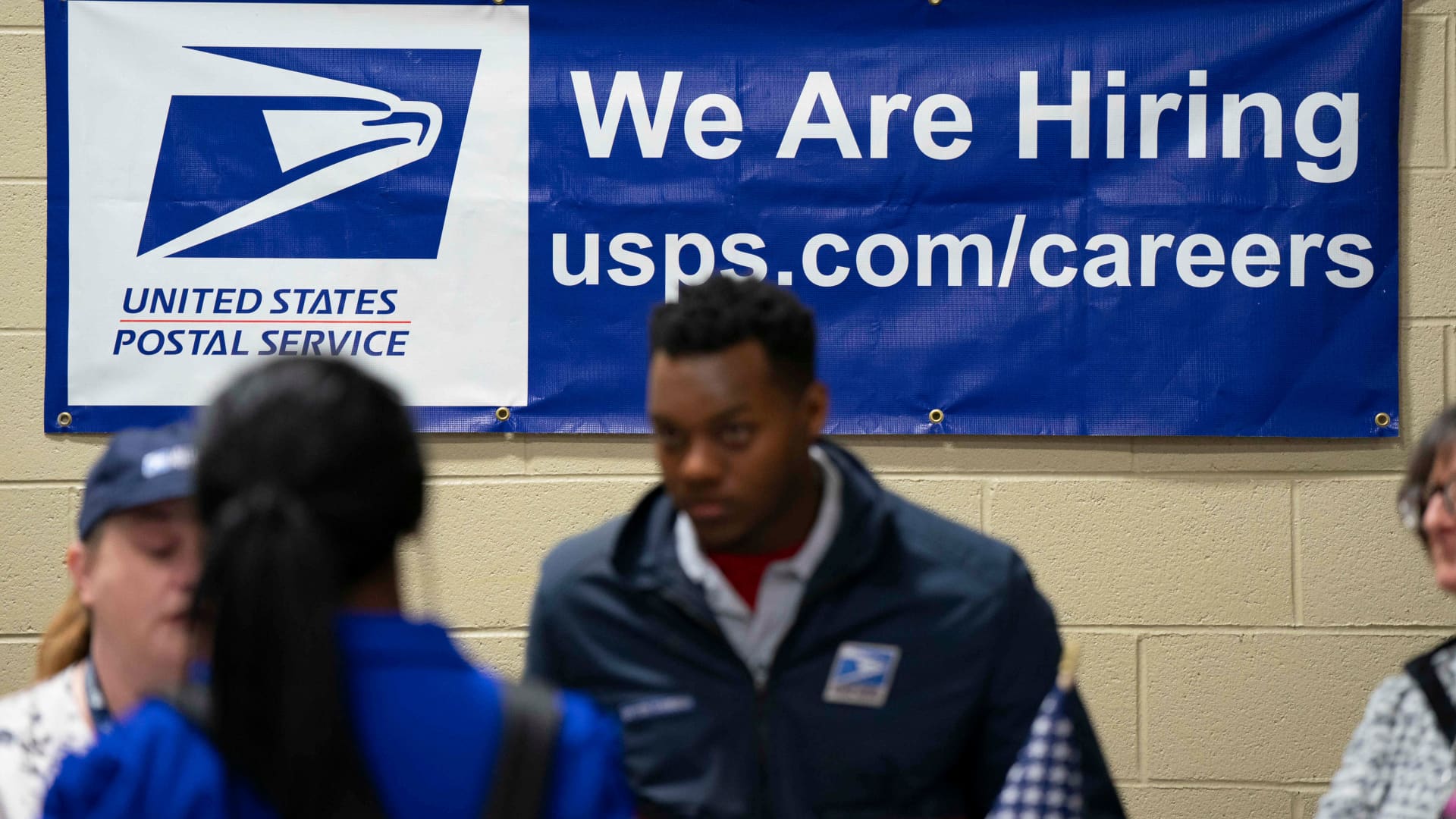LEADING THE Office of Management and Budget (OMB) may sound mundane, but the role is one of Washington’s most important. Russell Vought, who did the job for the final two years of Donald Trump’s first term, is poised to return. After a confirmation vote planned for the coming days, he is expected to test the bounds of presidential power as the new administration tries to reshape the federal government.
In his confirmation hearing on January 15th, Mr Vought told senators he would follow through on Mr Trump’s vow to pursue “impoundment”. This is the practice of presidents refusing to spend funds that Congress has appropriated, shifting power to the White House. To take a current example, Mr Trump has issued an executive order putting an “immediate pause” on billions of dollars appropriated under the Inflation Reduction Act of 2021 and a climate law from 2022. No money will go out for current projects—including new roads, bridges and electric-vehicle charging stations—until the administration decides which efforts are “consistent with any review recommendations” Trump officials “have chosen to adopt”. The same applies to military aid for Ukraine.
Mr Trump ran “on the issue of impoundment”, Mr Vought said at his hearing, and “200 years of presidents have used this authority”. He said the Impoundment Control Act (ICA) of 1974, passed to rein in presidents after Richard Nixon held back billions of dollars for education, the armed forces and the environment, was unconstitutional. (It is one of several Watergate-era constraints on the presidency that Mr Trump wants to be rid of.) His inner circle is speaking as one on the matter. In an op-ed in the Wall Street Journal after the election, Elon Musk and Vivek Ramaswamy wrote that Mr Trump could cut federal spending “through executive action alone”.
During Mr Trump’s first term Mr Vought participated in the freezing of $214m in military aid for Ukraine—an impoundment that led to Mr Trump’s first impeachment in 2019. In his hearing this month, Mr Vought noted the funds were eventually released after a “policy process” carried out by the administration. He repeated that phrase (a justification for blocking funds deemed incompatible with a president’s policies) five times during his two-hour appearance before the committee.
Mr Vought’s colleagues at his think-tank, the Centre for Renewing America, made the constitutional and historical case for impoundment in a pair of blog posts and a white paper last year. The primary author, Mark Paoletta, was the top lawyer at the OMB in Mr Trump’s first term and has been tapped for that post again. Impoundment is a “key tool”, Mr Paoletta writes, “to ensure that the constellation of congressional funding measures are implemented in a lawful and reasonable manner that ensures good governance”. The authority flows, he argues, from several corners of the constitution, including a clause in Article II requiring presidents to “take care that the laws be faithfully executed”. “[I]f an appropriation violates the constitution”, Mr Paoletta declares, “the president may impound it.”
Presidents have been impounding for centuries, says Mr Paoletta. In 1803, Thomas Jefferson opted not to spend $50,000 Congress pegged for gunboats on the Mississippi. Franklin Roosevelt impounded extensively during the Depression and the second world war. Harry Truman delayed spending funds meant for veterans’ hospitals. John Kennedy impounded nearly half of the $380m Congress appropriated for the B-70 strategic bomber. In sum, Mr Paoletta claims, “Congress’s power of the purse” has always been intended to establish a “ceiling” for executive spending, never a “floor”.
Zachary Price, a law professor at the University of California at San Francisco, counters that “the president has no constitutional power of impoundment”. Jefferson’s unbought gunboats had been funded by a law that “authorised expenditure without requiring it”, Mr Price points out. In the words of the statute, the president could buy “a number not exceeding fifteen gun boats” using “a sum not exceeding fifty thousand dollars”. This built-in discretion was common in statutes for decades. And even when the language grew less flexible, Mr Price explains, Congress usually allocated funds in a “permissive rather than mandatory” way. Until Nixon, impoundments “did not involve any assertion of constitutional authority to act contrary to congressional directives”.
The ICA made this norm binding. When a president wishes to delay an expenditure he must send a special note informing Congress and must spend the money by the end of the fiscal year. He cannot cancel a payment outright without Congress’s explicit approval. Eloise Pasachoff, a law professor at Georgetown, sees little basis for challenging the constitutionality of the ICA. In 1998, the Supreme Court struck down the line-item veto—impoundment by another name—because it permitted presidents to usurp Congress’s authority. Even the archconservative Justice Antonin Scalia, Ms Pasachoff points out, “literally rejects impoundment theory” in his separate opinion in that case.
Some members of Congress favour repealing the ICA. Mike Lee, a senator from Utah, derides the act as a “Watergate-era relic” and in December introduced legislation to do away with it. But there are not enough votes to pass such a law. That leaves the courts as the best avenue for Mr Vought and Co to get their way.
Who might fight back in court? Not disgruntled lawmakers, as individual members of Congress do not have standing to sue. Ms Pasachoff says there are plenty of potential plaintiffs: states, cities and defence contractors, for example. Any actual or potential recipients of funds competing for contracts or applying for grants—in fields like information technology or construction—could get to court by showing the president’s tight-fistedness harmed them. But establishing “standing” (the right to bring a claim in court) may not be so easy, Matt Lawrence of Emory University says, as there are “significant barriers to judicial review of spending decisions”. ■

 Blog Post7 days ago
Blog Post7 days ago
 Economics1 week ago
Economics1 week ago
 Personal Finance1 week ago
Personal Finance1 week ago
 Finance1 week ago
Finance1 week ago
 Finance1 week ago
Finance1 week ago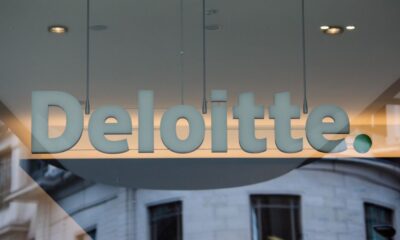
 Accounting1 week ago
Accounting1 week ago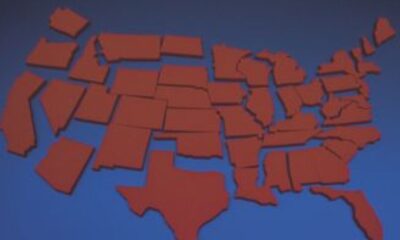
 Accounting1 week ago
Accounting1 week ago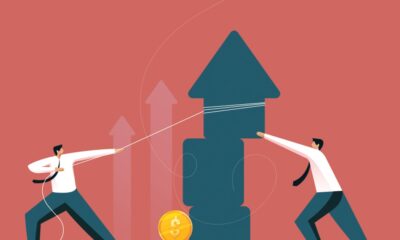
 Accounting1 week ago
Accounting1 week ago
